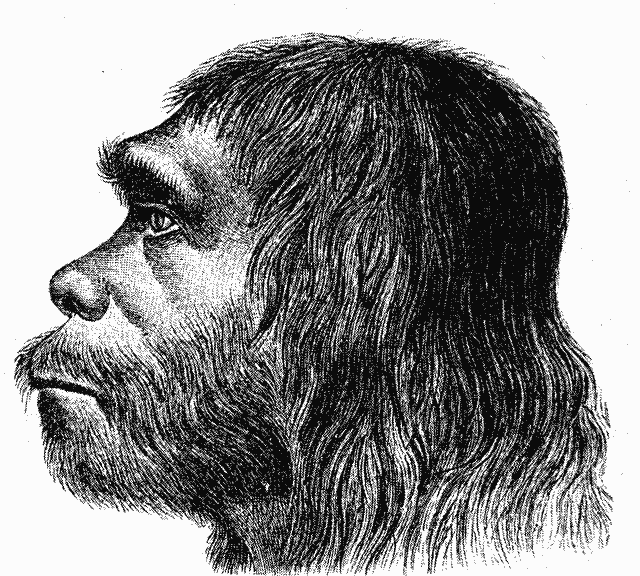October 18, 2019 report
Neanderthal and Denisovan DNA may have helped early Melanesian people survive

A team of researchers from the U.S., Italy and France has found evidence that suggests DNA inherited from Neanderthals and Denisovans may have helped early Melanesian people survive in their island environment. In their paper published in the journal Science, the group describes their genetic study of Melanesian people and what they found.
Prior research has shown that modern humans have Neanderthal and Denisovan DNA in their genes—the results of past interbreeding. Prior research has also shown that some modern humans have more such DNA than others—Melanesian people, for example, have the highest concentration of both Neanderthal and Denisovan DNA in their genes. Why this is the case is still unclear. As part of an effort to find out, the researchers with this new effort carried out an extensive genetic study of modern Melanesian people.
The work consisted of extracting data from the Simons Genome Diversity Project and genotyping copy number variants (CNVs) in 249 modern human genomes along with 72 great ape genomes. CNVs are significant in the study because unlike single-nucleotide variants, they include large batches of genetic bases. Such large batches can reveal evidence of natural selection.
The researchers report that they found instances of inherited CNVs from Denisovans and Neanderthals in modern Melanesian DNA that could be associated with adaptive selection. The researchers suggest the added DNA must have provided some benefit for it to remain in the Melanesian genome for so long. The adaption selections were identified as being associated with immunity, diet, cellular function and metabolism. Their findings suggest that early Melanesian people might have benefited from interbreeding with their early cousins in ways that might have helped them survive in their unique island environments.
The researchers note that much more work is required to better understand why the inherited CNVs have remained present in the DNA up to the present. The idea that they might have persisted because they were useful has precedent, the researchers note—prior research has shown that Denisovan DNA helped Tibetan people survive in their high-elevation homeland by giving them a means of staving off hypoxia.
More information: PingHsun Hsieh et al. Adaptive archaic introgression of copy number variants and the discovery of previously unknown human genes, Science (2019). DOI: 10.1126/science.aax2083
Journal information: Science
© 2019 Science X Network


















